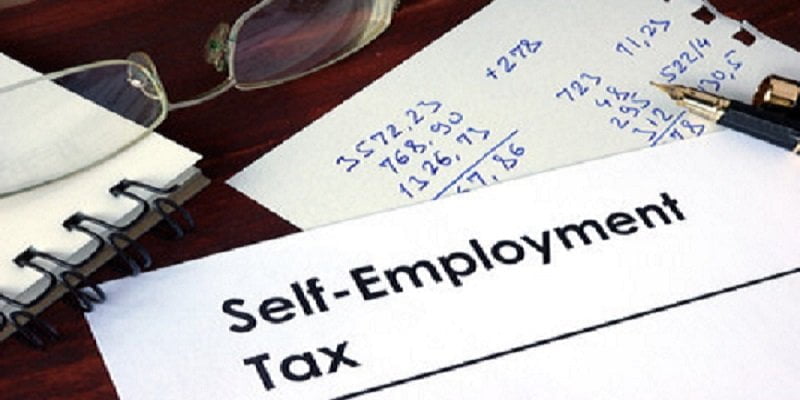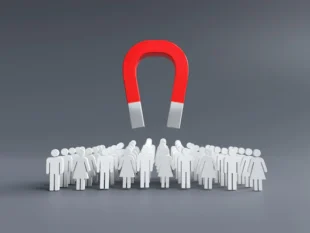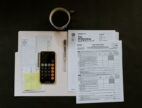How to Take Care of Your Own Self Employed Tax
by Arina Smith Finance 29 May 2018

Want to save money on a tax accountant and file your own self-employed tax? As an individual business owner, it’s important to save where you can. Doing your taxes isn’t as difficult as you might think.
Self-employment means freedom, but it also comes with increased responsibility. Tracking, reporting, and paying tax on your income are some of the extra things a business owner has to take care of. Here are tax tips to keep in mind before you file your online tax return this year.
Goods and Services Tax :
Expect to pay a goods and services tax once your earnings are more than $75,000 per year. The GST applies to both self-employed persons and companies alike. It’s best to plan for the payments you’ll be responsible for once you hit that income threshold.
Here are three ways to do so:
Paying in Installments :
After you file your first self-employed tax return above $75,000, you’re automatically enrolled in the pay-as-you-go installment program. However, you have the option of signing up for this program before filing your first return. If you do, expect to make quarterly installment payments towards your final yearly taxes.
Pre-paying Self-Employed Tax :
If you prefer paying in advance, you don’t have to wait for a tax bill to make a payment. You can pre-pay at any time, but you’ll need a payment reference number (PRN) first. A PRN is similar to an EFT code. A PRN assures that payments are credited correctly to your account.
Get your payment reference number online at the myGov website.
The Australian Tax Office will hold these payments for your taxes. You can request a refund of the pre-payments at any time. A word of caution: be aware that if you have existing debt, pre-payments are used to pay that debt also.
Putting Money Aside :
Putting aside a set amount of your profits for paying tax bills will give you peace of mind. Keep the funds in a bank account or safely on hand for when you need it. If you’re not pre-paying or paying via installments, putting money away avoids the last minute scramble to come up with the amount you need.
Tax Reporting: Business Activity Statement
All self-employed individuals are required to complete a business activity statement (BAS) once registered for the goods and services tax. Keep BAS statements accurate for quarterly reporting.
What kind of information do you need to report?
- How much money you’ve made.
- Goods and services tax you owe. If you’ve paid more than you owe, this will be how much the Australian Tax Office owes you.
- The installment amounts that you’ve already paid.
- Taxes withheld from your employee’s paychecks if any.
For convenience, you can file your business activity statement each quarter through the Australian myGov website linked to above.
Tax Deductions :
Lastly, don’t forget about tax deductions. As a sole trader, deductions are a way to reduce your tax payments.
Any expenses you have for running your business can be used to offset income. The Australian Tax Office says that if an expense is directly related to earning your assessable income, you can claim it.
Taxes and You :
Keeping your finances and taxes in order is just one of the requirements you, as a lone entrepreneur, must deal with. You can do this. After all, starting your own business in the first place requires ingenuity and bravery.
Not everyone has the guts for self-employment. If you can tackle that, you can learn how to take care of your self-employed tax too. We applaud you and wish you the best of luck!
Read Also :







































































































